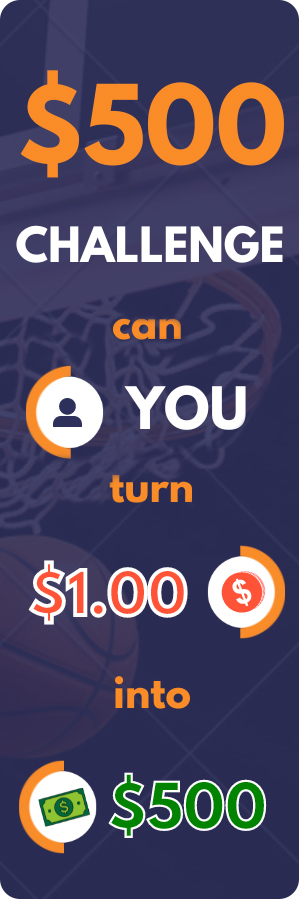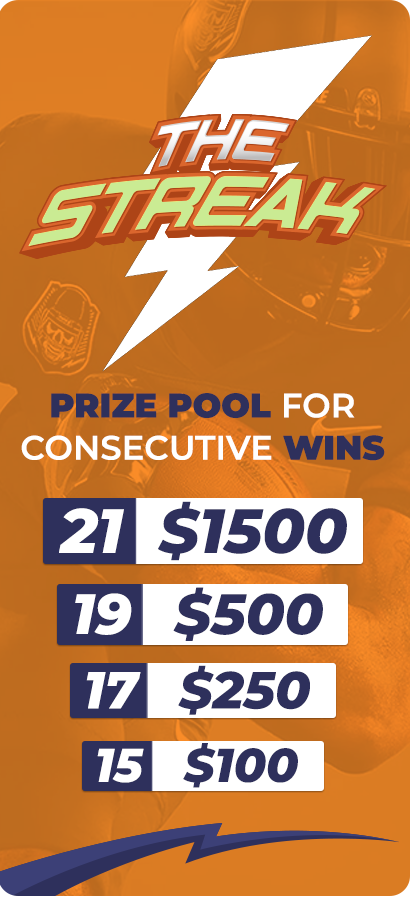How Different Playing Surfaces Affect Athlete Performance and Injuries

The type of playing surface that is a playing area for a specific sport is very important since it determines the athlete's performance as well as the probability of them getting injured. Grass, which is natural and soft, enables slow running, while artificial turf is fast and firm. Indoors, the courts are hard and demanding. Each playing surface influences how athletes move, get fatigued, and perform overall during a game. It is easy to tell how surfaces impact performance because athletes change their game plans, training, and even shoes depending on the surfaces they intend to play on.

150% Bonus - Reduced Juice

50% Bonus up to $1000

$750 Bonus - Tons of Betting Options
Many surfaces of sports events are offered on MelBet Myanmar. The type of surface directly influences the speed and aggressiveness of a game. Studying these conditions aids athletes and bet makers alike in estimating the outcome of a match.
The Natural Grass Experience
Classic grass has long been the go-to surface for sports such as football, rugby, and baseball. It is forgiving on the joints and provides excellent traction for running. Grass has many advantages, but one of the feasts is its ability to absorb shock. Athletes, especially those whose sports involve high-impact movements, undergo less risk of stress-related injuries such sprains and stress fractures. This is due to the surface yielding underfoot which decreases the inflow of stress to the ankle and knee joints.
Grass is not without faults, as natural grass can be rather challenging to maintain, particularly in regard to keeping an even and reliable pitch. The weather can instantly transform a well-kept pitch into some kind of gruesome battlefield. Rain can make the ground treacherous and increase the chances of muscle strains and falls, while too much dry weather can lead to a softer and unforgiving ground. The inconsistency could be quite the hurdle to get over for many athletes on top of everything else all of their movements and planting need to be constantly adjusted.
Following sports like NASCAR becomes even more accessible thanks to the MelBet APK. With it, sports fans can follow events no matter their location and helps track how changing gameplay affected the result.
The Rise of Artificial Turf
As business begins to take over sports, the shift to artificial turf for a variety of activities has increased because it is easier to maintain than a grass field. Turf has the advantage of providing a playing field irrespective of condition. This also brings more certainty to the game, guaranteeing strategies and precise movements.
However, while offering a solution to many issues, turf presents its own difficulties. Synthetic surfaces are known to be harder; hence they extend more force when making sudden stops and pivots. Athletes using artificial fields are more likely to experience knee problems like tearing their ACL because of the way the surface interacts with their movements. On top of that, artificial turf gets hotter, which increases the likelihood of dehydration and fatigue over prolonged periods of play.
No matter the disadvantages, artificial turf remains the most common form of turf used in stadiums globally, especially in areas where maintaining a natural grass field is challenging. Athletes who train on both surfaces become forced to adjust their technique by changing the way they step on the turf or place their feet to avoid straining themselves for the sake of injuries.
Hard Courts and Indoor Floors: Precision Meets Intensity
Indoor sports like basketball, volleyball, and tennis make use of hard courts which come with their own sets of advantages and disadvantages. These smooth, stable floors guarantee steady ball movement, thus making the game very tactical and fast-paced. Players are able to make sharp turns, quick jumps, and rapid accelerations, all without having to worry about uneven terrain.
The smooth surfaces can be advantageous for the player. However, hard courts are also their downfall when it comes to impact on the body. Unlike grass or even turf, these surfaces provide little to no shock absorption, leading to strain on the knees, ankles, and lower back. No wonder why basketball and tennis players are prone to severe joint issues because of the stress fractures caused from all the banging, running, and jumping on these surfaces.
To try and relieve the physical toll, athletes have to spend a lot of money on proper shoes and muscle conditioning programs. These programs are designed to strengthen the athlete’s endurance and work towards supporting better recovery. The peaking condition through the entire season is maintained with the use of ice baths, compression therapy, rest, and physiotherapy sessions.
Clay Courts: A Unique Challenge
From a tennis enthusiast’s perspective, clay courts are perhaps one of the most interesting surfaces to play on. As is evident from the name, clay courts' distinguishing characteristic is its loose surface. Unlike the hard courts, clay courts provide a softer and slower version of the game with distinctly different strategies. The particles at the surface allow players to slide into their shots, which eases the stress on their joints. While this does help in preventing injuries, it does pose a challenge as the players have to train in a specific way to maneuver around the court without feeling stuck.
The most noticeable difference in athletic skill like tennis on clay courts is the physical requirement. The vertical movement of the ball on the court extends rallies, transforming the match into a battle of endurance, thereby increasing the overall duration of the match. Since sustaining vertical movement of the ball requires extensive energy, players need to be in optimal shape. Even though physical fitness plays a critical role, the ability to stay in mental shape is just as important, as matches on clay courts can quickly devolve into tests of endurance instead of quick, explosive duration exchanges.
The Bigger Picture: How Surfaces Shape Sports
Each playing surface has its advantages and disadvantages which impact the way athletes train, compete, and recover. The balance between comfort and performance is best captured by natural grass, whereas artificial turf increases injury likelihood and risk, despite aiding speed. In terms of strategy, hard courts require precision, withstanding resilience, while endurance and tactics are put to the test on clay courts. These surfaces impact the style of play, influencing preferences, at times to sport and player level.
Recognizing these differences can help for athletes with long-term performance goals. These strategies need to incorporate surface drills to better prepare players for adaptability. Coaches and sports scientists use injury data to frame safer training methods, while sports organizations conduct research to enhance surfaces to optimize comfort for the next generation of athletes.
Whether you’re a fan or savvy bettor, understanding how these impacts shape the game can bolster your match prediction skills. A grass football pitch during rain versus a polished basketball court opens up new dynamics that can be taken advantage of. The outcome becomes a matter of who can best adapt to shifting factors.
Chat 
Rules
The goal of chat is to talk sports and sports betting! Help each other by sharing picks and having a good time!
Below will not be tolerated
You can chat about most things to a certain extent. Exception is absolutely NO talking about Religion or Politics.
- There will be NO talking about others or their families
- There will be NO name calling.
- There will be NO rambling on or repeating the same thing over and over.
- There will be NO racist or sexist comments.
- There will be NO posting of other websites.
Basically treat others the way you would like to be treated.
Break the rules

- 1st warning a 24 hour ban
- 2nd warning 7 day ban
- 3rd warning a lifetime ban




